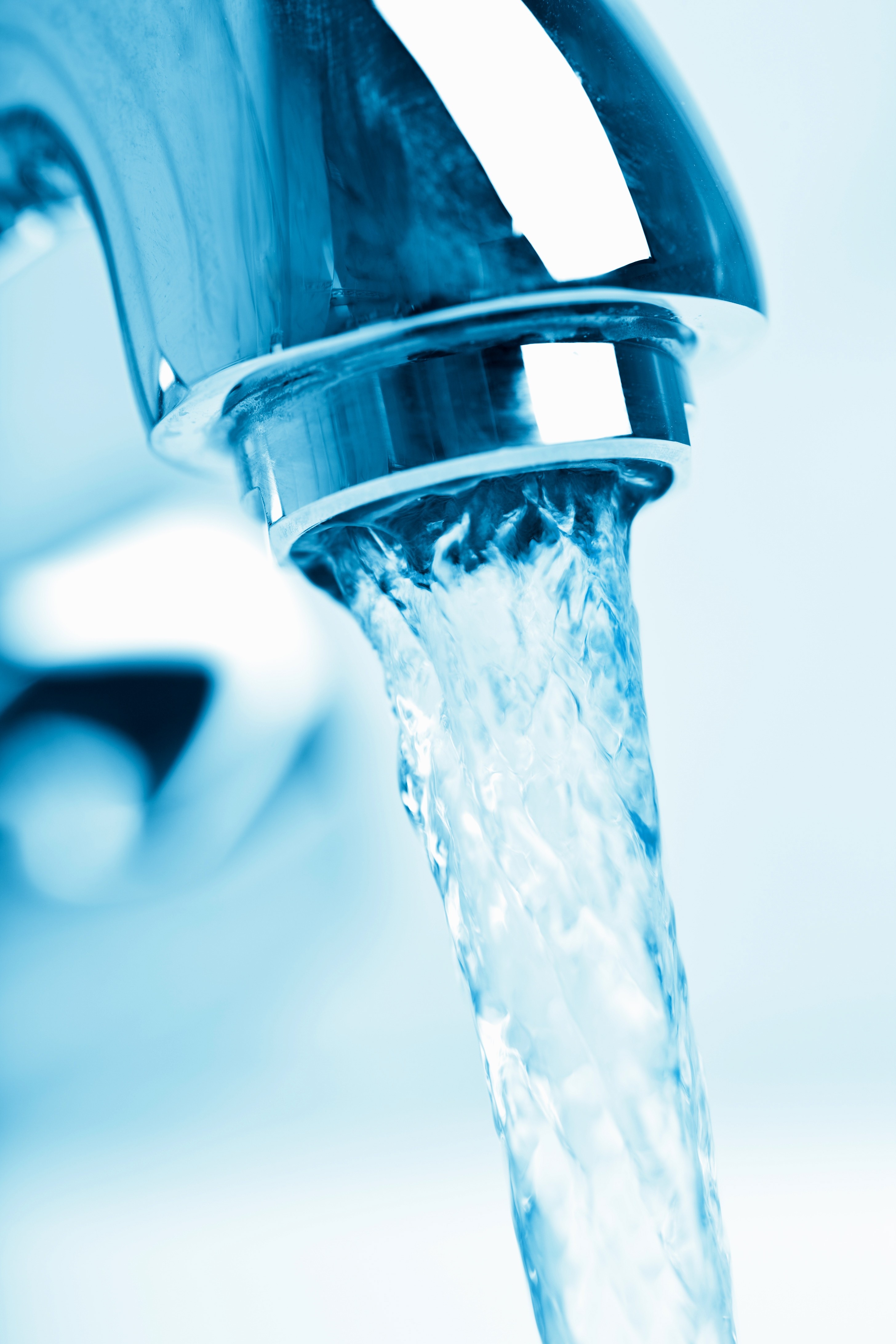PURIFIED WATER
We live in a world where nothing is certain and the things we take for granted in our childhood do not seem so safe for a few years. The water we drink, which we have always believed clean, healthy and inexhaustible, is no exception to the rule. The quality of water is an essential part of a balanced diet and good hygiene.
That is why Les Pompes AMR offers quality water for a quality life.
Throughout the region, our team of treatment specialists recognized for its expertise and professionalism makes every effort to ensure you a healthy and refreshing water, glass after glass.
Do not let others care for the potability of your water. Drinking water systems eliminate up to 99.9% of the water viruses, bacteria and protozoa that are sometimes present in the waters of public networks.
Water is between 55 and 65% of your body mass, which is why the one you consume daily is an essential part of your health.


SOFTENED WATER
True caress for hair and skin, softened water allows you to enjoy all the little joys of life by sparing you hours of cleaning and scraping to get rid of the deposits of soaps and crusts of limestone in the bottom of your pots.
Moreover, thanks to its unaltered solvent effect, it is the ideal base for the preparation of delicious soups, broths and beverages. You’ll notice a difference in your bath and washer and see how much suds your soap can produce in fresh water!
DIAGNOSE YOUR WATER
Does your water have a color that doesn’t inspire you to trust? Its taste is unpleasant or it exudes a peculiar odor? Does your laundry come out of the dirtier washing machine that it entered? So many signs that can detect substances that reduce the quality of your water.
• Color
• Taste and odor
• Stains on clothing and appliances
• Dry Skin
• Soap that does not foam
• Calcified devices
• Breakthrough Piping
WHAT ABOUT HEALTH ?
All of these drawbacks remain, however, of little concern in terms of health. It is indeed in the field of food preparation, soups, and beverages that hard water makes the most havoc. A water laden with limestone can only dissolve a small part of the mineral salts contained in the fruits and vegetables if necessary to the health because it rapidly reaches its saturation point. Thus, a broth prepared with hard water will not contain as much nutrients and will not penetrate the organism as deeply as the same broth prepared in fresh water or, even better, in deionized water. Freshwater preparations therefore have the advantage of introducing into the human system the substances that are necessary for a variety of purposes.
To check the presence of inorganic materials in your water, place a mirror under the faucet and allow the water to drip on. Then allow the water to evaporate and dry and observe the condition of the mirror. If the water produces stains while drying, you will know that your water contains more than it seems.
OTHER CHEMICAL AGENTS
In addition, many groundwaters are now contaminated with acid rain even if our water comes from a mountain source or a well. In most of the waters we drink, polluting substances in the form of chemicals released by industry, such as deadly chlorine bleach, phenols and unpleasant tannins in addition to commercial chemical fertilizers, of herbicides and pesticides that are found in the groundwater that feed our wells. The radioactive material increases also increasingly with the pollution.



